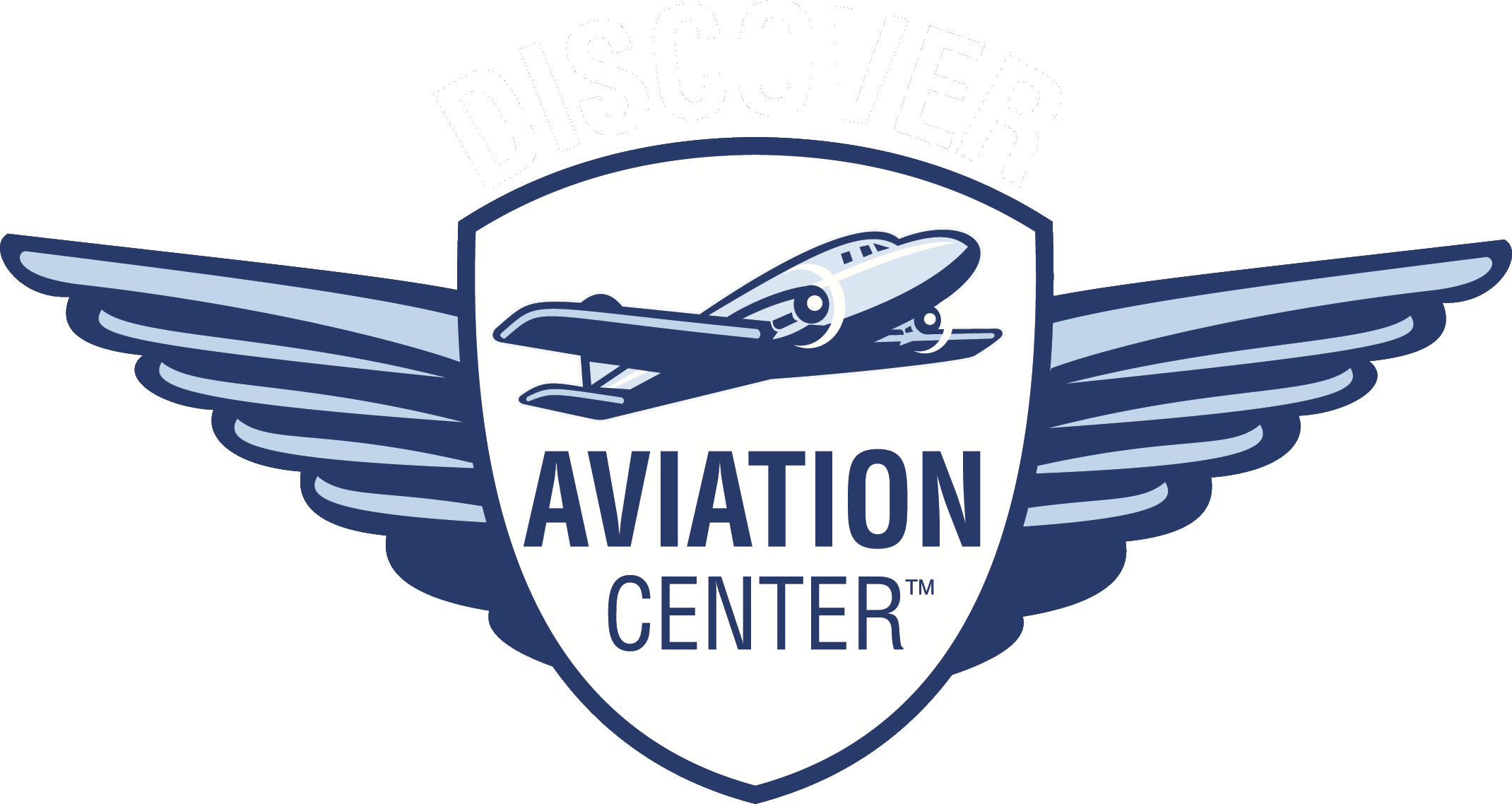Safety is a result of every flight experience. A pilot is always learning! To share what we do well and not so well is important so our pilots don’t have to make our same mistakes. That is a healthy safety culture!
DACFC Voluntary Reporting Program
What’s a Voluntary Reporting Program?
Human error is inevitable. The standards and best practices we use to fly through the national airspace system were developed to address these types of errors, but no matter how hard you try to be perfect, you still make mistakes.
The Discover Aviation Center Voluntary Reporting Program (VRP) serves the individual pilot by giving him a tool to share with us mistakes that in the past would have resulted in certificate action. We protect the airman by keeping them anonymous, we keep the error in house, and retrain the individual to the best practices that may prevent this error from occurring again.
The Discover Aviation Center VRP serves the group by sharing these events with each other for awareness and to update our best practices to help our fellow aviators. Kind of like a hands on version of the “Never Again” story in the back of a Flying magazine.
Threats, Errors and Undesired Aircraft States
Threats are out of your control. They include things like weather, ATC, equipment malfunctions. Even you can be your own threat if you are sick, stressed or uncomfortable in a certain flying condition like crosswinds or hard IMC. All we can do as aviators is to recognize them and reduce our risk by making healthy decisions.
Errors are the common mistakes we make like flying higher or lower than the planned airspeed, missing an item on a checklist, flying off an airway and ending up somewhere we should not be.
Undesired Aircraft States (UAS) occur when the airplane is somewhere you did not intend it to be like skirting inside the CLE Class B when you thought you were outside of it.
The FAA and their new compliance philosophy
The FAA expects compliance to be the standard. … However, FAA will not use enforcement as the first tool in the toolbox. In all cases, the goal of the FAA Compliance Philosophy is to achieve rapid compliance, to eliminate a safety risk or deviation, and to ensure positive and permanent changes … CLICK HERE to read more about it.
